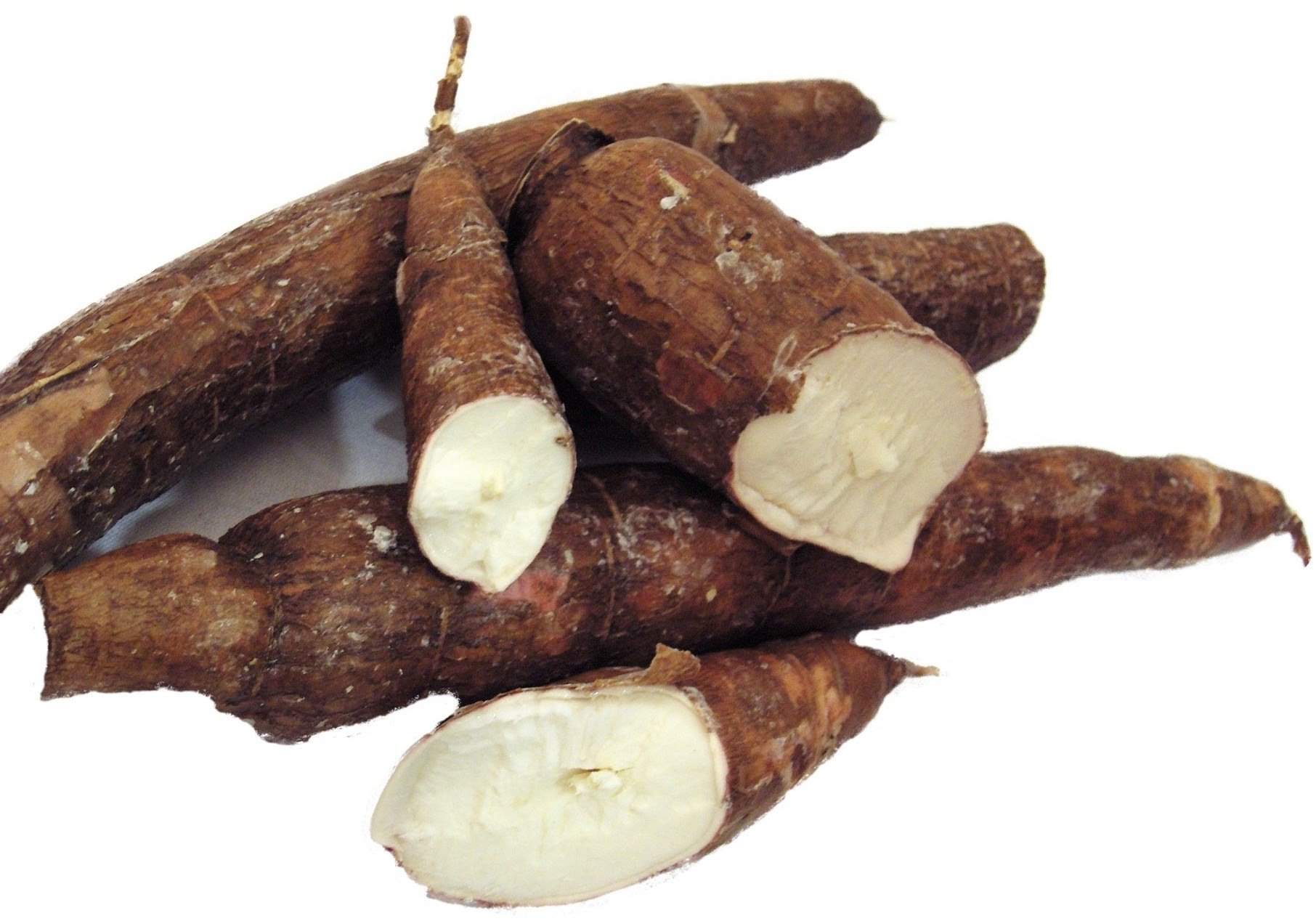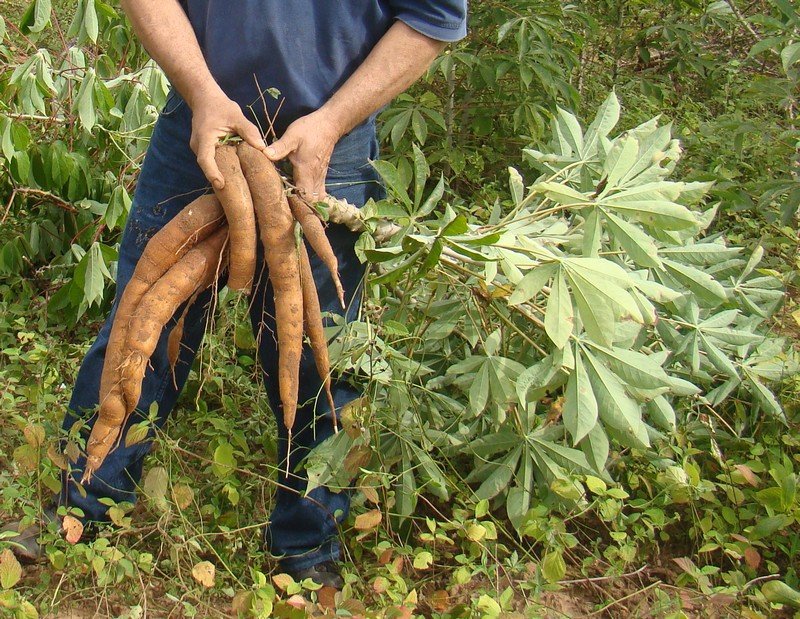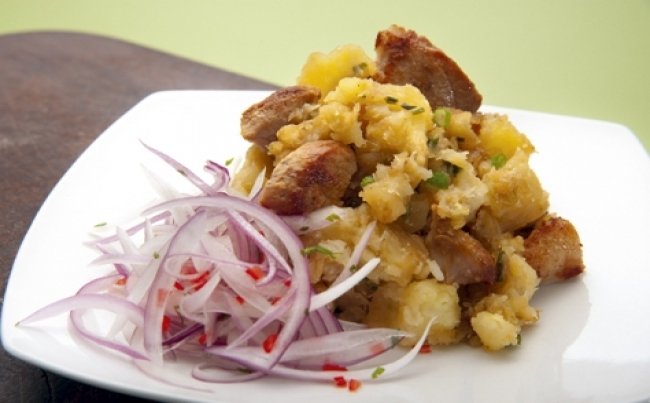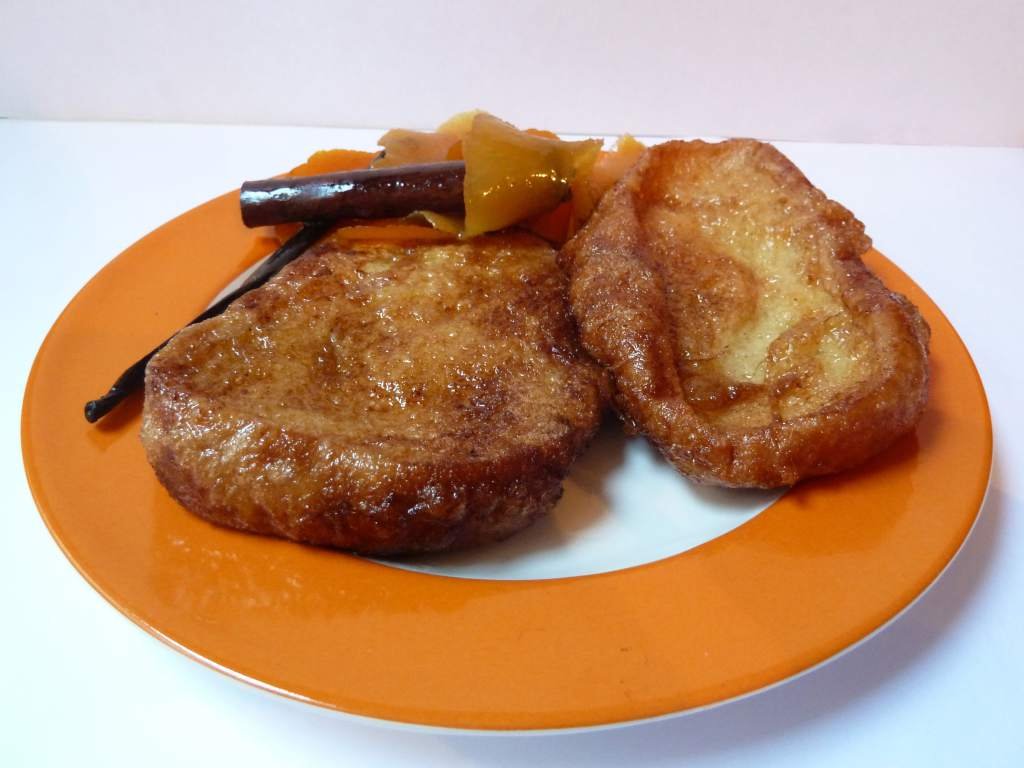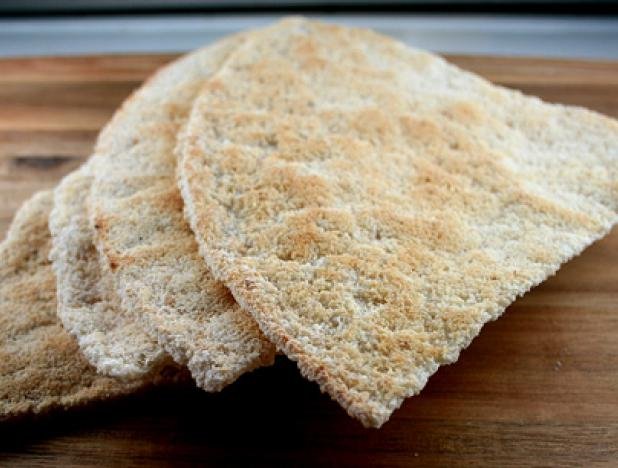
En muchos rincones del planeta la conocemos como yuca, aipim, mandioca, tapioca, guacamota, casabe o casava.
ORIGEN
La yuca es uno de los alimentos mas antiguos del planeta, se dice que la zona donde se origino fue por los lados de Brasil y Paraguay por ahí hace unos 10.000 años aproximadamente, en la cultura prehispánica fue de tal relevancia que se consiguieron vasijas y reliquias dedicadas a este tubérculo. La yuca se propaga por el mundo con la llegada de Cristóbal Colon por ahí en el siglo XV, Sin embargo a medida que pasaba el tiempo la yuca en Latino América llego a ser uno de los complementos base de la alimentación de las personas pobres, dando un salto enorme hasta llegar al siglo XXI que se posiciona en uno de los 5 cultivos mas consumidos por el planeta.
PROPIEDADES
Debemos tener en cuenta que este tubérculo es muy parecido a la papa o la batata (puedes revisar mi artículo sobre batata haciendo click aquí) siendo muy rica en hidratos de carbonos complejos, es decir, aporta mucha demasiada energía. De igual manera la yuca contiene proteína vegetal, vitaminas A,B2, B3, B6, B9, C y minerales como potasio, magnesio, fosforo, entre otros. Sin embargo podemos encontrar acción energética, depurativa, antibacteriana, antitrombica, inmunoestimulante.
Tabla nutricional para que comparen valores de la Yuca:
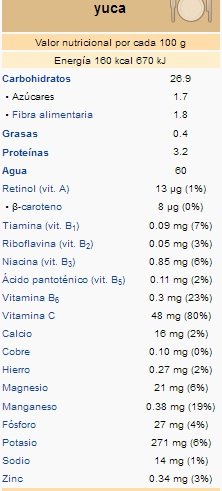
🌱 CULTIVO 🌱
- En primer lugar debemos conocer que la yuca se siembra solo por estacas.
- Abrimos el hueco donde colocaremos la estaca.
- Al colocar la estaca en el hueco debemos saber que es diagonal su posición a unos 45º grados de inclinación su colocación, no puede ser acostada o parada de 90º grados (puede que si nazca pero lo más probable que no).
- Se tapa el hueco con sustrato o tierra.
- Y por último se hace un riego homogéneo hasta el dia siguiente.
🍴 CONSUMO 🍴
Si bien es cierto, cada país tiene un plato típico o una comida única. Sin embargo podemos hacer desde postres hasta platos fuertes con la “yuca”, aquí mostrare algunos países consumidores de yuca:
PERU: “MANJADO DE YUCA”
MEXICO: “TORREJAS DE YUCA DE VERACRUZ”
CUBA: “MOJO A LA CUBANA”
VENEZUELA: “CASABE"”
TRASLATION

In many corners of the planet we know it as cassava, tapioca, guacamota, casabe.
ORIGIN
Cassava is one of the oldest foods on the planet, it is said that the area where it originated was on the sides of Brazil and Paraguay around about 10,000 years ago, in the pre-Hispanic culture was of such relevance that vessels and relics dedicated to this tuber. Cassava propagates throughout the world with the arrival of Christopher Columbus in the fifteenth century. However, as time went by, cassava in Latin America became one of the basic supplements of the food supply of the poor, giving a huge leap into the 21st century that is positioned in one of the five crops most consumed by the planet.
PROPERTIES
We must keep in mind that this tuber is very similar to potato or sweet potato (you can check my article on sweet potato by clicking here) being very rich in complex carbohydrates, that is, it brings a lot of energy. Similarly cassava contains vegetable protein, vitamins A, B2, B3, B6, B9, C and minerals such as potassium, magnesium, phosphorus, among others. However we can find energetic, depurative, antibacterial, antithrombic, immunostimulating action.
Nutritional table to compare values of cassava:

🌱 PLANTING 🌱
- First, we must know that cassava is sown only by cuttings.
- Open the hole where we will place the stake.
- When placing the stake in the hole we must know that it is diagonal its position at about 45 degrees of tilt its placement, can not be lying down or stop 90 degrees (maybe if it is born but most likely not).
- Cover the gap with substrate or soil.
- And finally a homogeneous irrigation until the following day.
🍴 CONSUMPTION 🍴
While it is true, each country has a typical dish or a unique meal. However we can do from desserts to main courses with the "cassava", here will show some countries consuming cassava:
PERU: “MANJADO DE YUCA”
MEXICO: “TORREJAS DE YUCA DE VERACRUZ”
CUBA: “MOJO A LA CUBANA”
VENEZUELA: “CASABE"”


